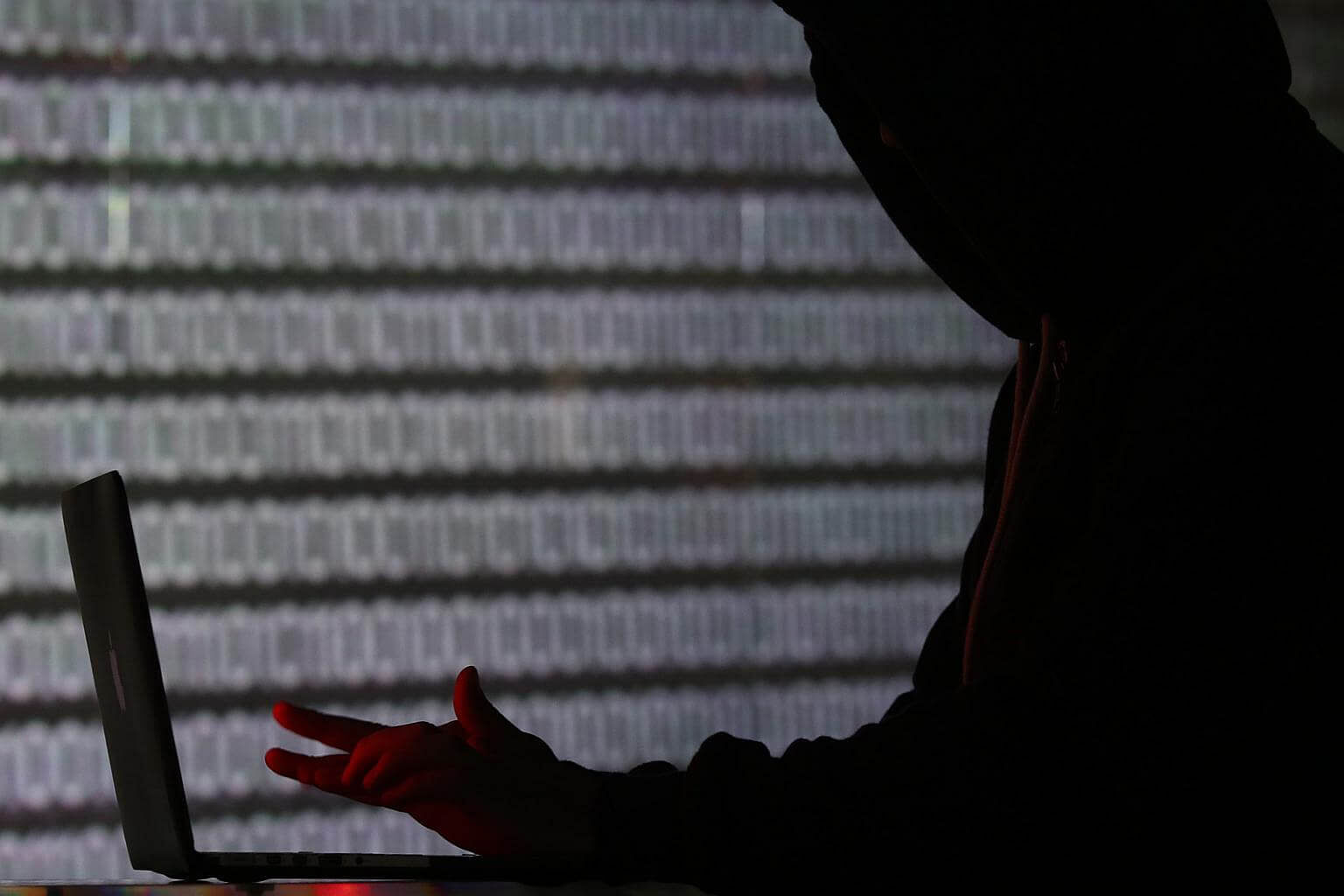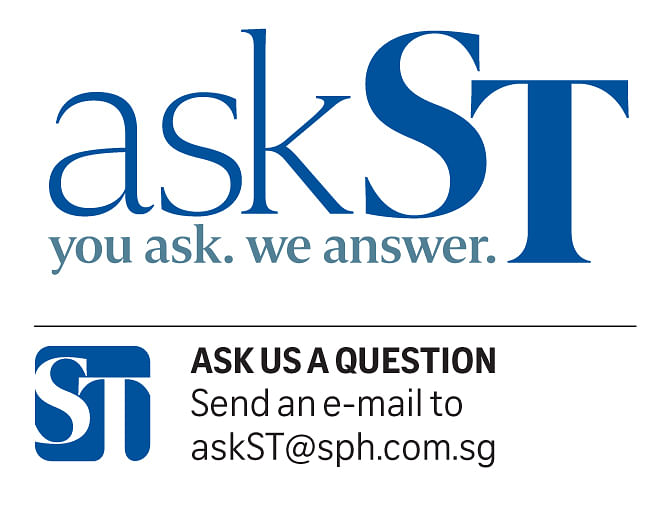The ST Guide To... spotting fake news
Sign up now: Get ST's newsletters delivered to your inbox

Not all news classified as fake are obviously so, and some are disguised better and include a mix of fact and fiction.
PHOTO: BLOOMBERG
Follow topic:
Around the world, governments and news organisations are focusing their attention on fighting the spread of misinformation.
But it has been hard to nail down a definition of fake news, with the term having taken on different meanings for different people.
With fake news so widely used these days to describe anything from completely fabricated stories to propaganda to internet hoaxes, people are understandably confused about what it really encompasses.
Here is a guide on how to spot fake news and prevent its spread.
Real fake news
The first step to spotting fake news is recognising it.
These bogus reports generally have three characteristics: they are factually inaccurate, deliberately made up to deceive, and masquerade as credible news.
They can come in many forms such as a doctored photo of an accident, a hyperbolic report about an election, or click-baiting headlines designed to mislead.
Not all news classified as fake are obviously so, and some are disguised better and include a mix of fact and fiction.
For instance, reports with false quotes attributed to real people, genuine content taken out of context, or factual information that is sensationalised to frame things a certain way.
A recent example is a report in Australian Teacher Magazine that quoted Singapore's director-general of education, Mr Wong Siew Hoong, criticising his own ministry.
While the event mentioned in the report did take place, and Mr Wong did give a speech, he did not make the remarks attributed to him. After the Ministry of Education released a video recording of his speech, the magazine withdrew the article.
What it is not
These days, the fake news label has also been conveniently co-opted by by some people to refer to verified news, op-eds or reviews that they disagree with.
United States President Donald Trump, for instance, tweeted in February that "any negative polls are fake news".
But a news report or commentary is not fake just because people do not like it, or find it inconvenient.

Not all news classified as fake are obviously so, and some are disguised better and include a mix of fact and fiction.
PHOTO: BLOOMBERG
Satire and parody, from sites such as the New Nation, the Onion, and the New Yorker's Borowitz Report, meanwhile, fall into a sort of grey area.
While they employ false information, it is used in a humorous way to comment on current affairs, and is typically not meant to deceive.
However, people have mistakenly taken such articles at face value.
How to spot fake news
Often, the website that a purported news article comes from can provide some clues to help you sieve out the phony.
Many websites dedicated to spreading fake news have names which are similar to those of real news organisations, and also use URLs, or web addresses, that closely resemble those of the authentic news sites.
For instance, ABC News Co can be easily mistaken at a glance for the legitimate news outfit ABC News. The dodgy site's web address, abcnews.com.co, is also deceptively similar to abcnews.go.com.
In fact, fact-checking organisations have found that many offending sites have web addresses that end with ".com.co".
Other tell-tale signs can be found in the "About Us" and "Contact Us" pages.
Fake news sites are often missing these two pages, or if they do have them, provide scant or unrelated information in them.
Another thing to look out for are disclaimers on websites, which warn that some articles are submitted by readers and are therefore not fact-checked.
These statements can often be an indication of a site's tendency to publish fabricated or unverified content.
Many alternative news sites, such as the now-defunct The Real Singapore (TRS), often use such disclaimers as a license to publish false reports.
One example is a 2015 TRS article claiming a Filipino family had complained to police about participants at the Thaipusam procession that year. The husband and wife team behind the website had said it came from a reader's tip off, which turned out to be a lie.
A healthy dose of scepticism can also be helpful. If you come to know of a shocking or major piece of news from an obscure website, and cannot find it on any mainstream media outlets, chances are that it is fake.
To be very sure, do a Google search of the figures or quotes used in the article or the names of people cited, to see where else they pop up.
Consult the experts
There are also many legitimate news outfits and fact-checking organisations that help to suss out if an article is real.
To check on news originating from the US and Britain, try websites like FactCheck.org, Snopes.com, and Fullfact.org.
In Singapore, the Government has set up Factually to debunk lies on fake eggs being sold in Singapore to election campaigning rules.
Internet companies like Google have also launched initiatives to crack down on misinformation.

For example, there are several plug-ins that work with the search giant's Chrome web browser to alert users when a site they are viewing is a fake news site.
Stop the spread
So how can you help stop the scourge? Think before you click.
Take a moment to perform the above steps to verify the articles you are not sure of, and only share those articles that you know to be true.

